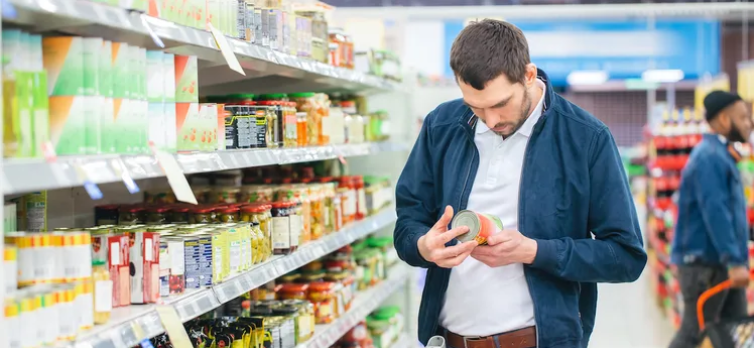Food health star labels are driving healthier products
Associate Professor Christopher Skeels , Dr Kevin Staub, Dr Laxman Bablani, Professor Bruce Neal, Professor Cliona Ni Mhurchu and Professor Tony Blakely
Health Star Rating (HSR) labels have been displayed on the front of packaged products in Australia and New Zealand since December 2014.
These labels – and their counterparts in Chile, the United Kingdom, France, and elsewhere – are designed to help consumers avoid information overload when they make food purchases in supermarkets. Foods are rated from 0.5 to five stars depending upon how healthy they are.
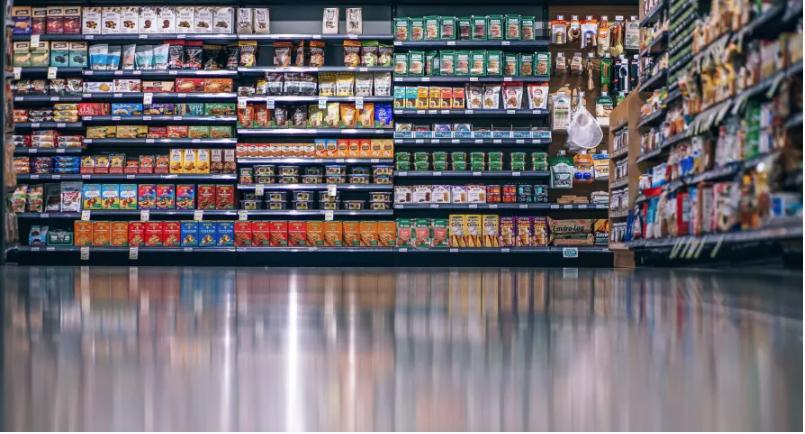
However, food manufacturers play an important role in these labels as well. This is because the HSR is a voluntary label – manufacturers choose which products get labelled.
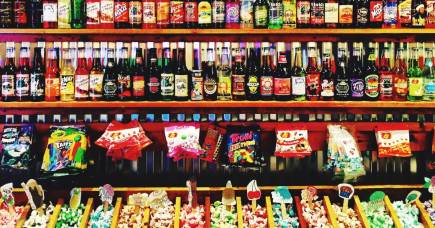
Would graphic warnings on unhealthy food make you think again?
The intention was that these labels would also lead to healthier diets as manufacturers have an incentive to ‘reformulate’ their products to make them healthier to secure more stars.
Our latest study, the most comprehensive review of the food industry’s response to the HSR system, has confirmed that this labelling causes some products to become healthier.
We can illustrate this with some popular products. A popular flavoured cracker now has 6 per cent less fat and roughly 10 per cent less sodium per 100g than before it adopted HSR labels in 2016. This took it from 1.5 to two stars.
Several instant soup varieties cut sodium and energy to increase their rating from three to 3.5 stars in the year they were labelled.
And a major supermarket branded barbecue sauce cut sugar by 4.5g per 100g (9.6 per cent) in 2017 when it adopted HSR labels.
The evidence here is, of course, selected. To form better evidence, it is important to look at a wider-ranging set of products over time to see how manufacturers respond to food labels.
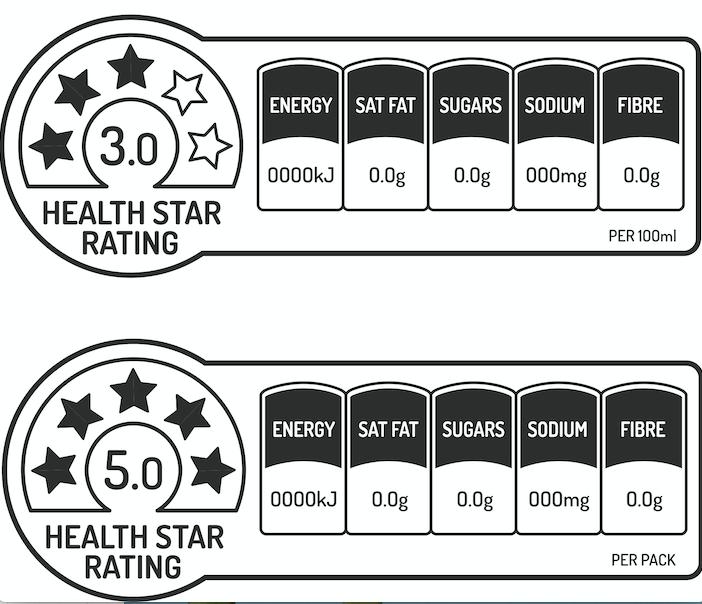
To do this, we analysed data on the nutrition of 58,905 products sold at Aldi, Coles, IGA, and Woolworths stores in Sydney, and a New World, 4Square, Countdown, and PAK n’SAVE in Auckland.
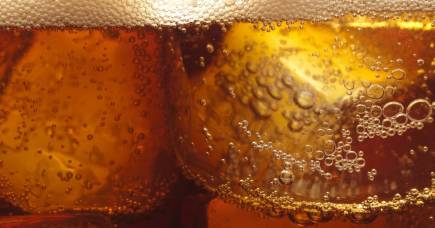
Increased cancer risk from fizzy drinks – no matter what size you are
The data on food labels from these supermarkets has been collected every year, allowing powerful analyses of new measures like the introduction of HSR labels.
Because the star labelling algorithm is publicly available, we could calculate the rating each product would get – even if the manufacturer didn’t participate in the HSR program.
The data was collected from 2014-2018 in Australia and from 2013–2019 in New Zealand, letting us track when whether the products were labelled with HSR, and if and how much the nutrition composition had changed over time.
Our study has three main findings. First, we found modest changes in food composition because of star ratings, indicating that products adopting the HSR are more likely to become healthier.
Products adopting the HSR, compared to products that don’t adopt it, are 6.5 per cent and 10.7 per cent more likely to increase their HSR score by 0.5 stars in Australia and NZ, respectively.
There was also a 4 per cent decline in sodium content in NZ, and a 1.4 per cent sodium decline in Australia attributable to adopting the HSR label.
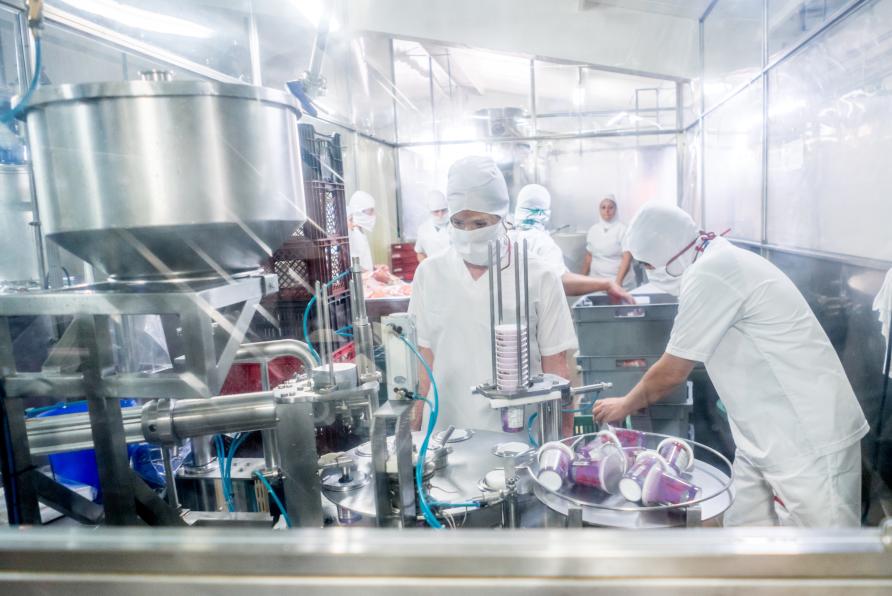
Products in Australia saw a 0.5 per cent reduction in energy content, and products in New Zealand had 2.3 per cent less sugar than before they were labelled.

False labelling hides the truth about superfoods
While we observed rather modest changes, even small changes at a product level can add up to big health impacts at a population level.
Second, most of the reformulation is due to less healthy products being labelled. The healthiest products, which would have scored four to five stars, show no evidence of healthier reformulation. Most of the reformulation, therefore, is due to less healthy products adopting HSR labels.
In New Zealand, a product adopting the HSR that scored 0.5 to 1.5 stars lost 53mg of sodium per 100g, compared to a product that scored four to five stars which lost only 8mg of sodium per 100g. We saw similar patterns for almost all nutrients in both countries.
Overall, it seems unhealthy foods have a greater incentive and capability for reformulation than healthy foods – especially when they make their healthiness more obvious to the consumer.
Finally, we found healthier products are much more likely to get labelled with stars than unhealthy ones.
In 2019, around 15 per cent of the products that scored less than two stars were labelled in both countries, compared to over 35 per cent of products that scored four stars and above. Clearly, many manufacturers don’t choose to label their products if they have an unhealthy food rating.

These findings also suggest that one important reason that the effect of HSR in changing nutrient compositions is small is because they aren’t consistently used on unhealthy products.
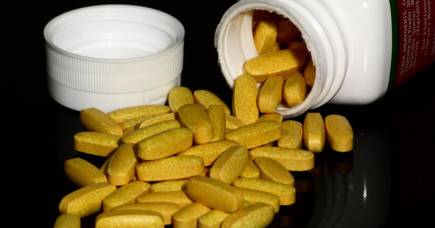
Eating supplements cannot beat the real thing
The effect of HSR on promoting healthier diets could be markedly increased if it were used on many more unhealthy products.
Although the HSR Advisory Committee has set ambitious goals for HSR adoption of 70 per cent by 2025, unhealthy products are still less likely to voluntarily show such labels.
Making HSR mandatory, therefore, could generate substantially greater public health benefits than the current voluntary system when we consider the impact of product reformulation.
And, of course, mandatory labelling of unhealthy products could also enhance the effect that HSR could have in driving consumer choice.
Food labelling is no panacea. Improving diet quality for entire populations requires systemic change across food producers, manufacturers, retailers, consumers, and governments.
But food labelling is a low cost method to support change, and an important step in that direction.
Banner: Getty Images
This article was first published on Pursuit. Read the original article.
Do you take note of the star rating on packaged products? Do they influence your purchasing?
If you enjoy our content, don’t keep it to yourself. Share our free eNews with your friends and encourage them to sign up.
Related articles:
https://www.yourlifechoices.com.au/food-recipes/news-food-recipes/how-healthy-is-your-supermarket
https://www.yourlifechoices.com.au/lifestyle/news-lifestyle/lifestyle-choices-affect-dementia
https://www.yourlifechoices.com.au/finance/news-finance/look-whos-raking-in-the-money

